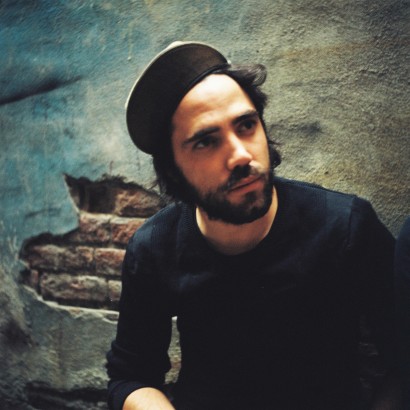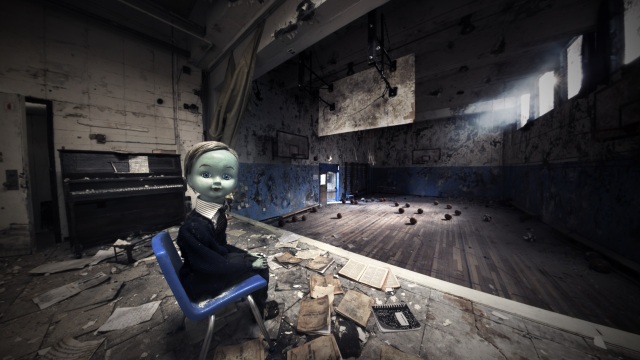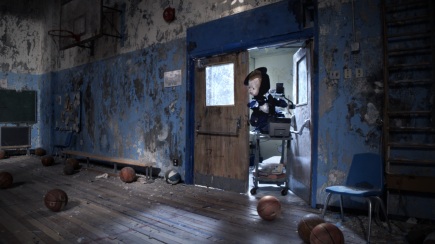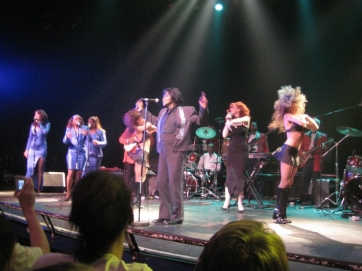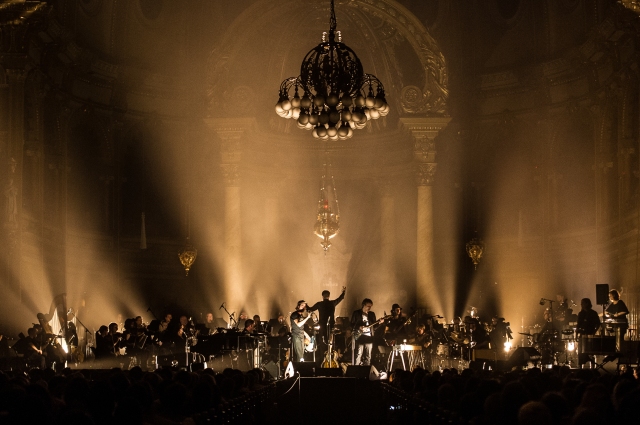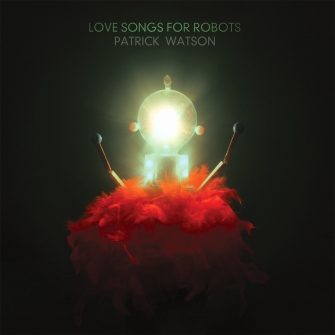By Anita Malhotra
It’s hard to imagine a more authentic, sincere musical voice than that of Montreal singer-songwriter Patrick Watson (also the name of his band), who will release his sixth studio album this fall.
Audiences connect with him on a highly personal level, as shown by the heartfelt comments left on his YouTube videos by fans and the warmth of audiences at his live shows.
Watson’s musical approach was influenced by growing up in the small Quebec town of Hudson, where he sang in local church choirs.
After studying music at Vanier College, he toured as himself and as a band with such artists as James Brown, John Cale, Philip Glass, The Cinematic Orchestra, Amon Tobin and Feist. He and his band have also toured extensively internationally in their own right.
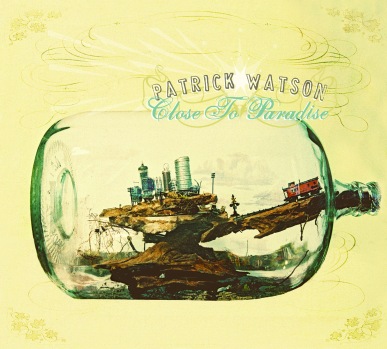
Patrick Watson’s second album, Close To Paradise, won the 2007 Polaris Music Prize (photo courtesy of Patrick Watson)
Releasing his first album in 2003, Watson won the Polaris Music Prize in 2007 for his second album, Close to Paradise, and went on to release Wooden Arms (2009), Adventures in Your Own Backyard (2012) and Love Songs for Robots (2015).
Several of his songs have been featured in movies as well as in TV shows like Grey’s Anatomy, The Walking Dead, and Orange is the New Black.
Watson is also a soundtrack composer and recently created the sound and music for Gymnasia, a haunting virtual reality piece co-produced by the National Film Board and Felix & Paul Studios, and directed by animators Chris Lavis and Maciek Szczerbowski (aka Clyde Henry Productions).
Anita Malhotra spoke with Patrick Watson by phone on June 11, 2019 about his work on Gymnasia, his approach to music and his current projects.
AM: How did you get involved with doing the music and sound for Gymnasia?
PW: Chris and Maciek work for Clyde Henry Productions and I usually do all the music for their films. We got involved in VR because Felix & Paul Studios had asked Chris and Maciek to test out a camera of theirs – to do a little short.
We did this very humble video of me playing in my studio. In the initial test they noticed that a certain type of simplicity was really crucial. The whole thing is meant to feel like you’re sitting there, and at one point I look at you. If it’s done well, the effect of being alone with someone in VR is a strange experience, even before you start adding any kind of fancy stuff.
A lot of the other VR projects were more geared towards being kind of fancy, like you’re in a weird world on a roller coaster. Because this one was so simple, it seemed to have had a large effect on people. So that demo we made, Strangers, ended up circling the globe and became this kind of go-to video to show people the potential of VR.
Because of that, Felix & Paul asked us to do another one together. So Chris and Maciek decided to make something that was a bit of a childhood dream. It’s still not trying to sell the viewer with too much info. The space is really well made and you really feel like you’re sitting there. There are not too many bells and whistles.
We made a plot line that was very surreal and not trying to be a giant narration. I feel like it’s a very good approach for VR, because I feel like VR is closer to photo than film.
AM: How did you go about capturing the mood of the visuals in Gymnasia?
PW: I started with the sound. I think it’s crucially VR sound first, and music only if you need it. Because unless the music is integrated in the space, it tells your brain you’re not there.
VR doesn’t work the same as film, because when you watch a film you’ve already decided that you’re going to lose yourself in the environment. But with VR you’re supposed to be there.
So VR music is very tricky actually. The sound really decides the tone more than the music. My approach with music is, “This is the place that, if I put music there, it’s not going to ruin it.” It’s not how do I make it better; it’s how do I not ruin it.
So I initially approached from the sound point of view. And the sound point of view is to give it that kind of abandoned feeling without being too scary. And then the rest was what would this space actually sound like, without trying to colour it too much. That’s actually very tricky.
Ambience is very complicated in VR because when you’re in a room your ears tell you how big the room is – not your eyes. Proximity effect in VR is super sensitive.
AM: You wrote a beautiful choir song for Gymnasia. Can you tell me a bit about that?
PW: The song is integrated into the space. We wanted a haunting lullaby for children. That kind of stuff is easy to write because I’ve got kids. It’s an easy universe to get into. That’s why a little more of my energy was put to the spatialization, because the music was very obvious.
The basketballs were a bit more complex. We knew we needed music inside that, but once again I didn’t want to ruin it, so we started off with sound.
We actually put a mike in the gym and gave 20 people basketballs and played out the actual scene with the spatialization. It would sound so fake if you tried to redo it yourself any other way.
And then, from there, I just accentuated music. The music is actually integrated inside the project not as music, but more as sound design. When I threw the strings in the back to give it a little bit of a dramatic tone, it wasn’t too jarring. And all the weird synth modular stuff that I put in there is pretty wild and integrates very nicely.
AM: What is it like to work with Chris and Maciek?
PW: There’s nothing more fun than working with Chris and Maciek. They’re like a dream. Both of them are really talented in very different ways. It’s like a two-headed dragon with two totally different personalities.

Still from the animated film Madame Tutli-Putli, directed by Chris Lavis and Maciek Szczerbowski (photo courtesy of the National Film Board of Canada)
We talk a lot about the projects way before we start making them and we have a pretty respectful relationship in terms trusting each other’s instincts.
If something passes our three different kinds of filters, generally it’s got to be something very good. At the same time I know it’s their film. The director always has to be the director.
I met them after they did their first film that went to the Oscars – Madame Tutli-Putli. I begged them at that time to do their music, and then years later they finally connected with me.
AM: Do you have any other projects coming up with them?
PW: We have two more projects going on now as we speak. One is a 20-minute short and one is a full feature musical.
AM: When do you like to write your music and do you have an ideal place to write it?

Patrick Watson and his band accepting the Polaris Music Prize in 2007 (photo by Dustin Rabin Photography)
PW: I go to work every day and write every day. When I travel, I write too, and sometimes it’s really fun being in different spots – having that luxury – because I have kids and stuff.
The only thing I worry about is to write and write well. It’s just like a muscle. It’s not a God-given gift that you’re creative. Some people naturally have more of a creative inclination than others, but the only reason they’re so gifted is that they worked like a monster on it and are constantly flexing that muscle.
Every day I’m flexing that muscle. There’s always something to write, there’s always something to learn, and there’s always work to be done. There’s no real excuse not to. I mean, there are millions of people who would love to have my job. If you’re in music or the arts, you can never take that for granted – you can never get lazy.
AM: What are your first memories of being involved in music?
PW: I grew up singing in a choir at a pretty young age. I grew up in a really small town. There were no cool bands. From a very young age I sang at funerals and weddings, and big moments in people’s lives.
I am proud to make music for these kinds of moments in people’s lives and I probably still do that, but in a habitual form.
AM: What was your connection with the audience like when you were younger?
PW: The thing about singing in a choir is they’re not your audience and you’re not on stage performing. The music is the performer and you are part of the instruments. It’s a very different perspective than someone going on stage and singing a song about themselves.
I still keep that kind of intention when I get on stage. I generally like the idea of letting music do what it does best. I find music more interesting than me, to be honest. Of course I’m part of the process, but a very humbling part.
When I watched James Brown when we toured with him, he had a very large level of humility when it came to music, and he would do giant prayers before getting on stage.
He seemed like the most pompous person in the world from his interviews, but when he got on stage he was actually very humble. He knew how to listen to the room and the music and not to himself. He was basically a slave to the room and the sound and the vibe.
AM: What were your early experiences with the piano?
PW: I started playing the piano around a year after I started singing. I would go home and play the piano all night long until 2 or 3 o’clock in the morning at a very young age. I would just improvise. I loved that process.
AM: Can you describe your relationship with the piano?
PW: It was kind of interesting how I looked at the piano. I guess as a kid I thought the piano was a ghost. He would just do all the work for me and I would just hang out with him. I didn’t grow up in a city – I grew up in a pretty small town, you know. You get pretty romantic ideas in a very small town, so I didn’t know much better. I guess the piano was just like the ghost and then he wrote music for me, and I thought that was cool.
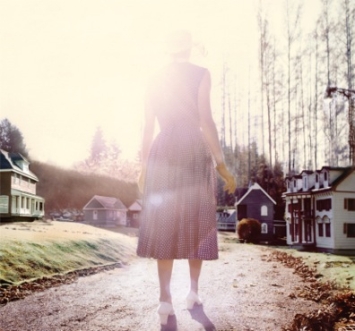
Cover of Patrick Watson’s 2012 album, Adventures in Your Own Backyard (photo courtesy of Patrick Watson)
People mistake these things as hobbies because they like to play the piano or they like to play an instrument. I don’t think anybody plays four or five hours in the middle of the night unless they need it to try and get through whatever they’ve got to do.
When schools teach creativity, they teach it as people drawing flowers. But creativity for me is more of a survival tool. For me, creativity is taught wrong from the get-go and not helpful for people.
Creativity is absolutely the most primal and most important survival tool you could have. I feel the people I’ve met who are really creative it’s generally a survival instinct. It’s because they couldn’t cope and they just had to build worlds to cope.
AM: You have a concert coming up in Lyon with the Orchestre National de Lyon. What music will you be doing at that concert?
PW: It’s a mixture more of the older records than the new ones because the older records really translate well to orchestra. They’re closer to classical music in the mood.
AM: How is playing with an orchestra different from playing just with your band?
PW: Playing with an orchestra is the best. Nothing beats it. It’s totally overwhelming. It’s also very technical difficult, but it’s amazing. In classical music the downbeats are different because the conductor goes down and everybody reacts, so there’s flab to the “one.” In pop music the “one” is very, very definite.
AM: When is your next album coming out and what is it like?
PW: It comes out in October. To be honest, this album is very particular because it was a very particular three years.
At one point I thought there was going to be a lot of production, but when I started the record, I started to make something as bare as possible and very intimate. Just kind of really sincere. I also wanted songs so strong and well-written that the production wouldn’t save them. I could do them upside-down and they would still work.
Lyrically, the voice is very different – it’s very low, it’s not oversung. The lyrics have a much bigger place than normal than the other records.
It was just such a particular three years. My life fell apart so I had to rebuild everything over three years. So the album’s obviously a lot about that, whether I like it or not. It’s hard for it not to be when you’re going through that process.
AM: Aside from the Lyon concert, what are you doing now? Are you working on your next album?
PW: I had started to work on it, but then I got a contract. I’m doing the music for the play Elephant Man in Paris. I will be writing the music during the summer.
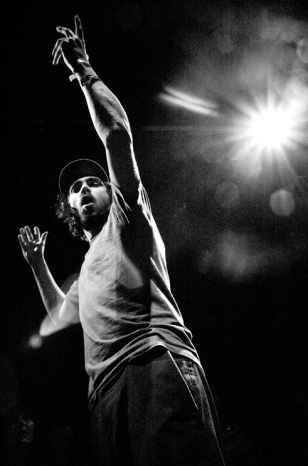
Patrick Watson performing at Paard van Troje in The Netherlands in June 2008 (photo by Nick Helderman, Flickr Creative Commons)
AM: Aside from music and your family, do you have any other major interests?
PW: Reading is becoming a huge part of my life. I’ve been a terrible reader since I was a kid. It would take me a year to read a book. So I just never had that much access to literature because of that. And now I’m spending all my time catching up on everything I should have read 20 years ago.
Right now I’m reading The Lover by Marguerite Duras and Good Morning, Midnight by Jean Rhys. I try to read a book a week. The last book I read was amazing – Franny and Zooey by J. D. Salinger and it was so good!
Patrick Watson will perform with the Orchestre National de Lyon at the Théâtre Antique de Lyon on July 8, 2019. For more information about Patrick Watson, visit patrickwatson.net.
Gymnasia can be viewed at the Phi Centre in Montreal until Sept. 15, 2019 as part of the immersive art exhibit HUM(AI)N. It can also be downloaded as an app from the Oculus Store. For more information on Gymnasia, visit nfb.ca or the Phi Centre.

